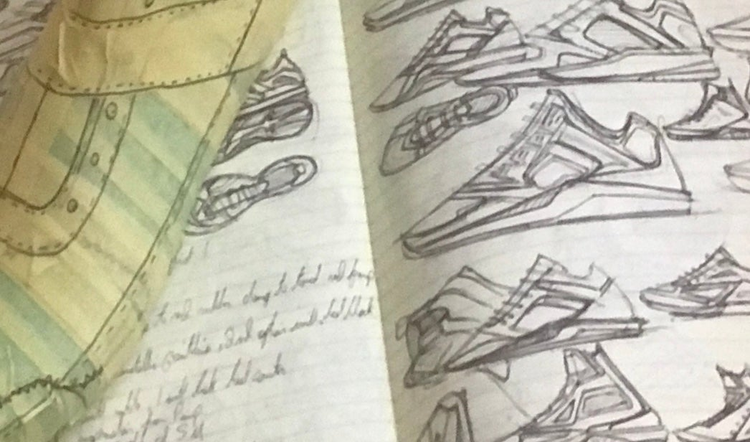At Adidas, Design Gets A VIP Seat At The Table
Entire industries are transformed when design leads, according to Adobe executive creative director Steve Gustavson, who spoke Wednesday afternoon at Adobe MAX—The Creativity Conference, in Las Vegas.

This article is part of CMO.com’s October series about creativity and design-led thinking. Click here for more.
Entire industries are transformed when design leads, according to Adobe executive creative director Steve Gustavson, who spoke Wednesday afternoon at Adobe MAX—The Creativity Conference, in Las Vegas.
Ninety-four percent of a user’s first impression of a brand is design-related, and 86% are willing to pay more for a good customer experience, he said. Additionally, by 2020, customer experience will overtake price and product as the key business differentiator, he said, citing Forrester.
Gustavson next introduced Simone Cesano, senior director of design operations at Adidas, who came on stage to talk about the role design plays at his company. Bottom line, it has a very important seat at the table.

That commitment has never waivered, but a few years ago Adidas realized that its design process was almost archaic, involving much sketching and manual labor, Cesano explained. His team was tasked with moving design into a digital process. Their method was rooted in the core principles of design thinking: testing, iteration, understanding the user, and solving the user’s biggest dilemmas.
“I’ll admit it was a hugely difficult start,” Cesano said. “The product team thinks they are God and that they are omnipotent. The truth is the rest of the team [saw us] as disrupting the process that they were used to. Marketing, product development, etc., [were] fighting over how things should work.”
To make their case, Cesano’s team had to prove that digitizing the design process would mean precision of expression and that using digital tools would change things for the better. Adidas built a shoe design application in-house and began touting the benefits of computers to, in the end, enhance the performance of athletes. Today, Adidas’ shoe manufacturing and design is completely automated and digital.
To get to this point, Adidas had to “restart completely and rethink what to do,” Cesano said. “The first thing we realized is that there is always a small number of individuals in any company that are early adopters. These are people within the organization who will try new things just because they are new.” His advice: Leverage them.
Cesano and his team knew that top-down orders wouldn’t work. “The king doesn’t always get listened to,” he said. “People have objections.” So they began what can essentially be thought of as a marketing campaign to its 650 designers.
“We had to tell everyone what is happening,” he said, “what is good about the tools, how the future would change, and what it would look like.”

“It was really about understanding each designer and their path to adoption for these new tools,” Cesano said. “We were tracking everything at an individual basis. We knew what courses they took, and using Trello boards, we were measuring the satisfaction of each of the user groups.”
Cesano’s team tracked unit by unit and person by person to understand how designers were feeling about the new process. “If they are happy, it reflects better on the overall product,” he said.
Today, Adidas’ design process is completely digitized. Throughout this process, Cesano said, he learned four valuable lessons: First, respect your history. Remember where you came from and all the wonderful things about your company that made it a success to begin with. Second: Leverage the organization. Next, keep a balance in the change, and don’t over do it. People are creatures of habit, and too much change is often scary. Last, he said, choose KPIs wisely.
Read related article, “The 21st Century Renaissance Is Here, Says Adobe CEO”